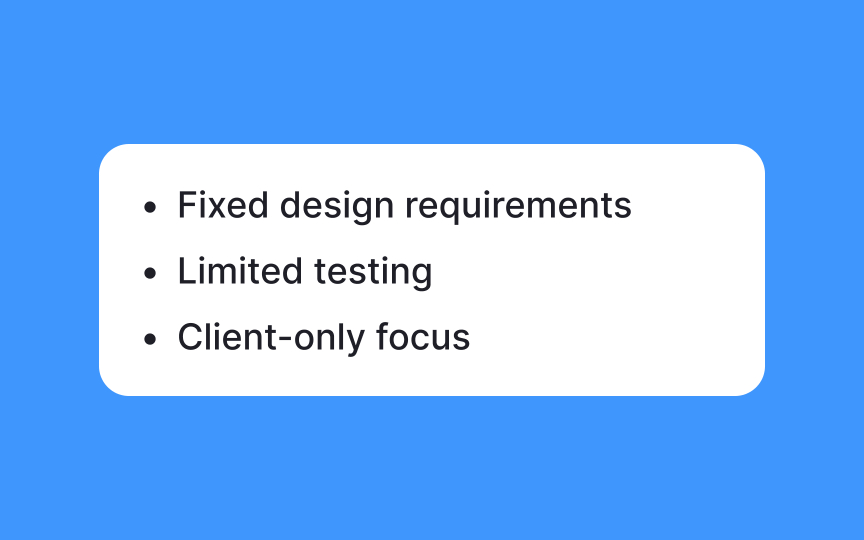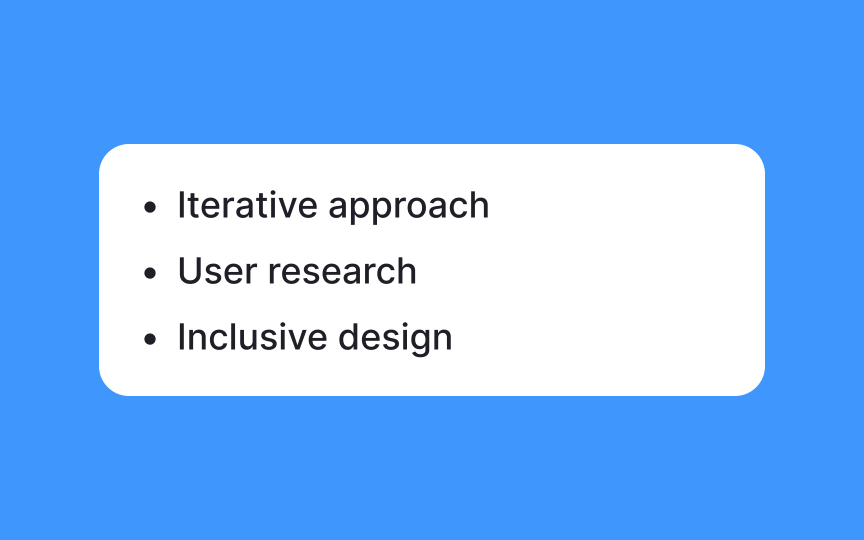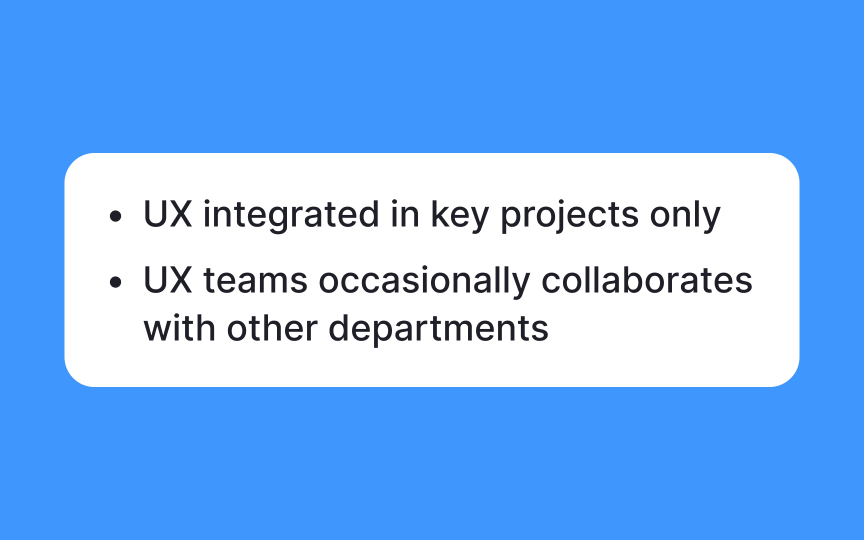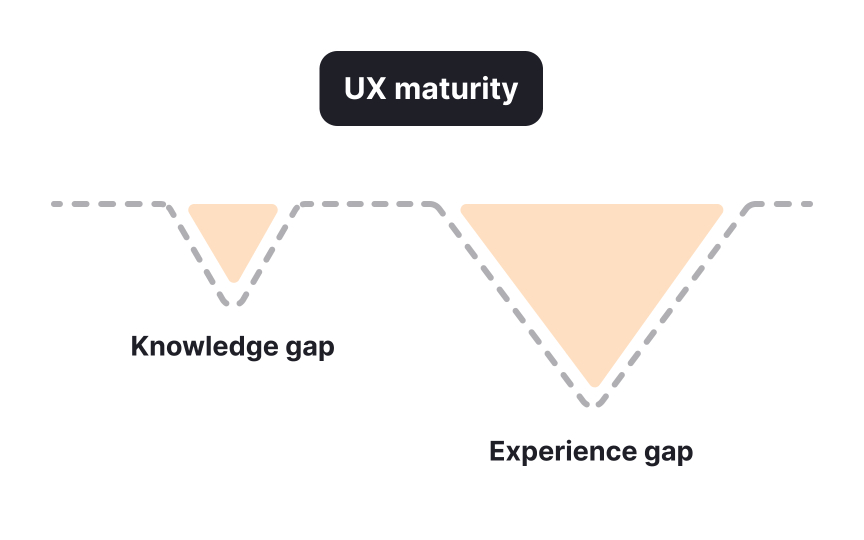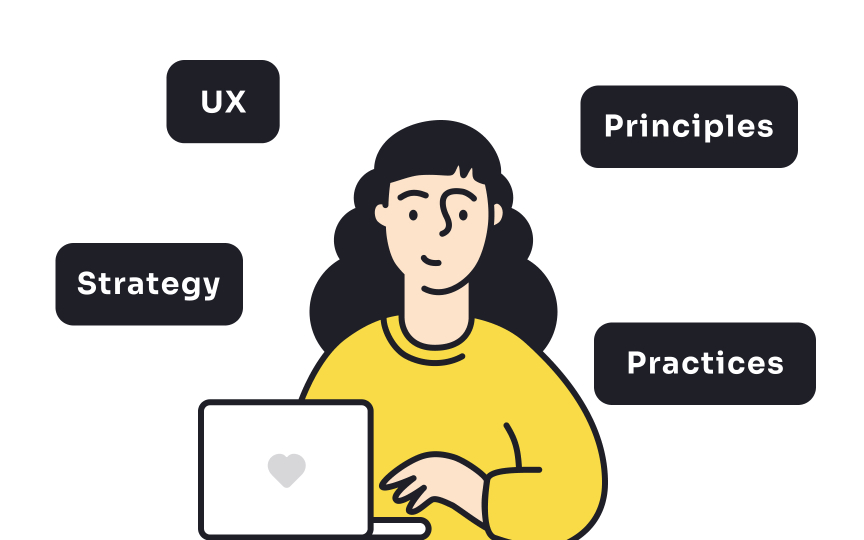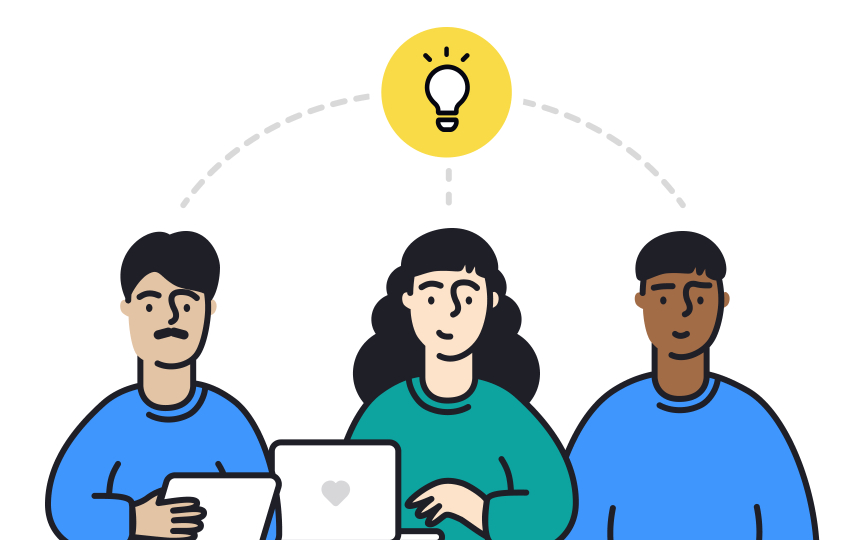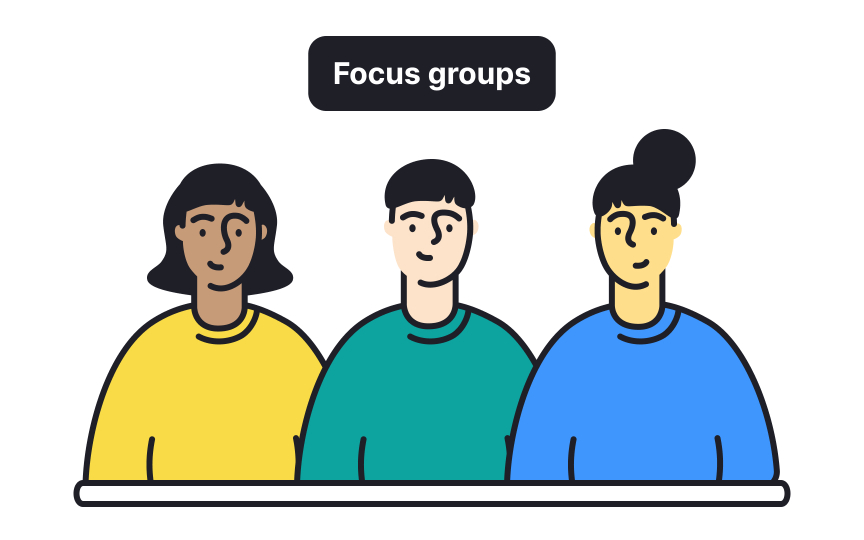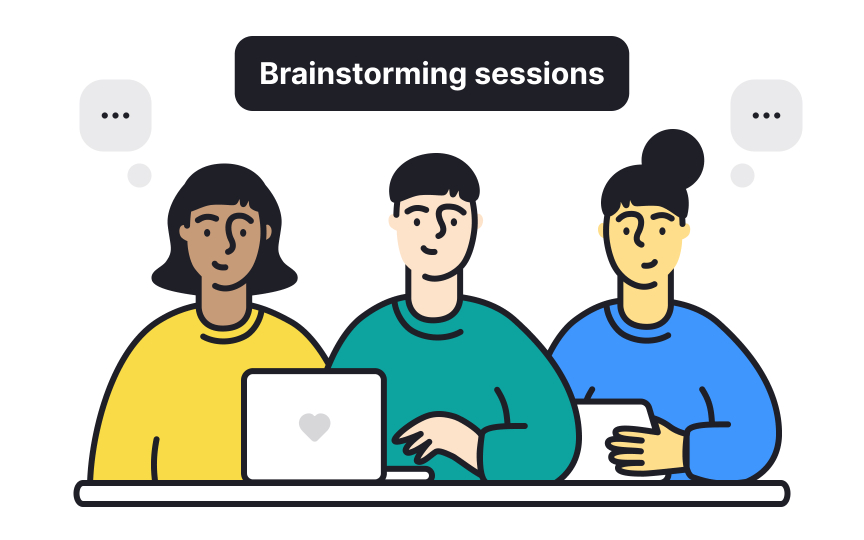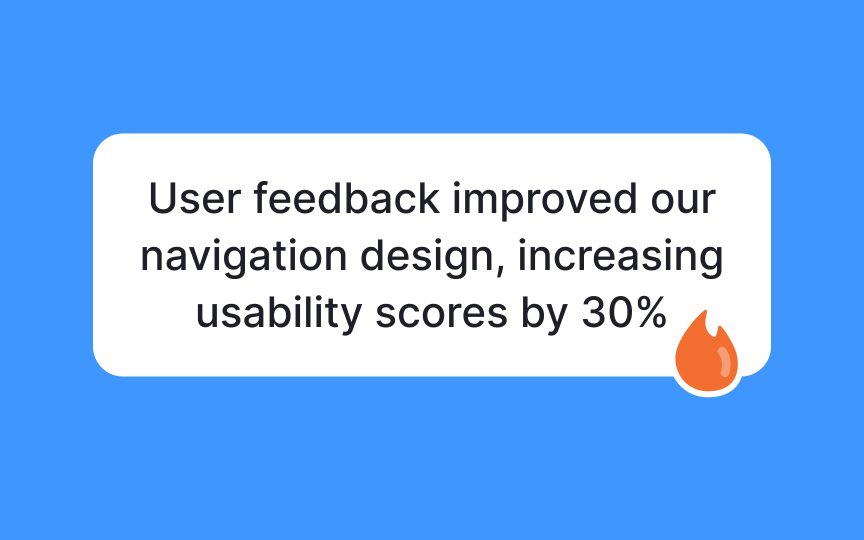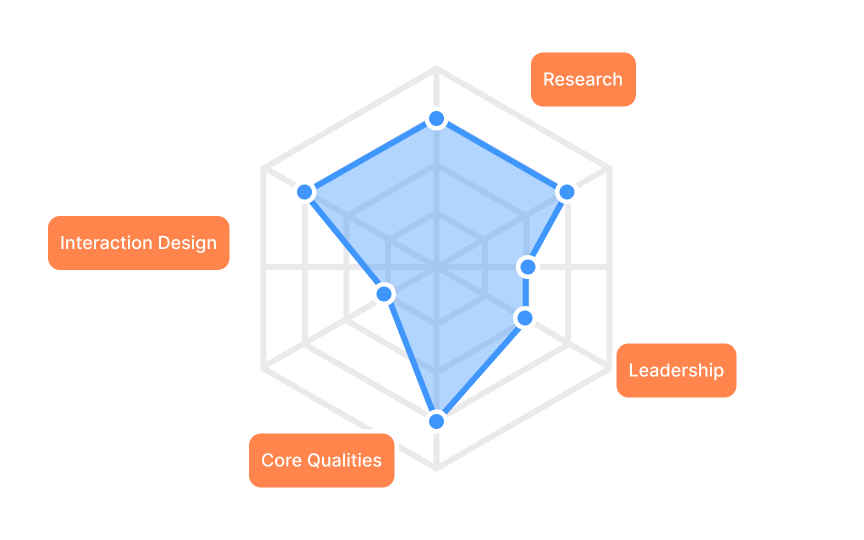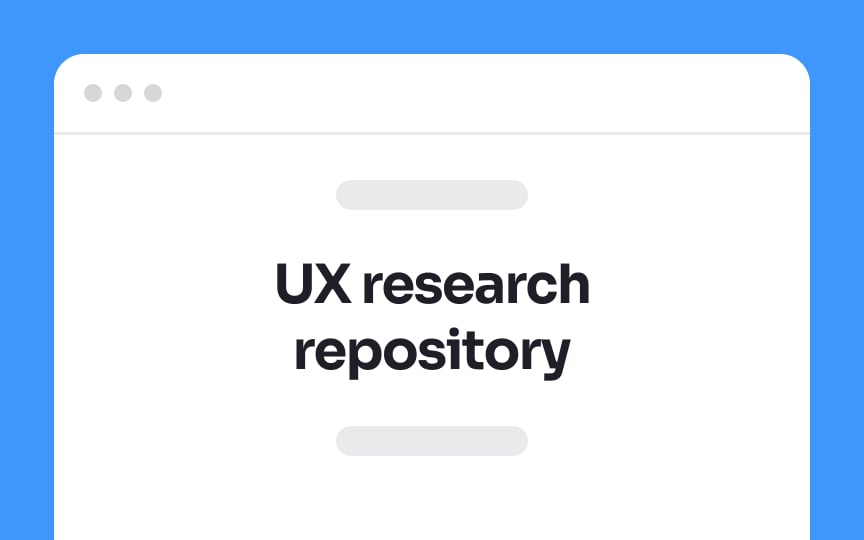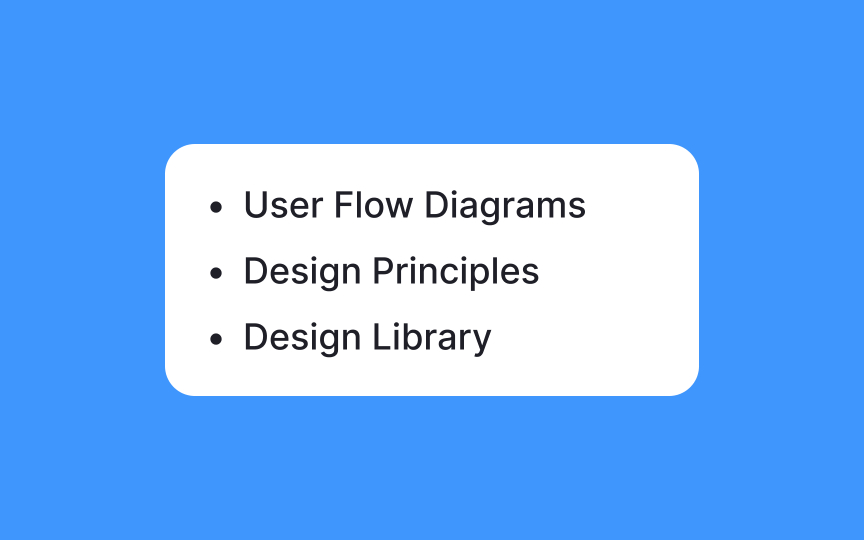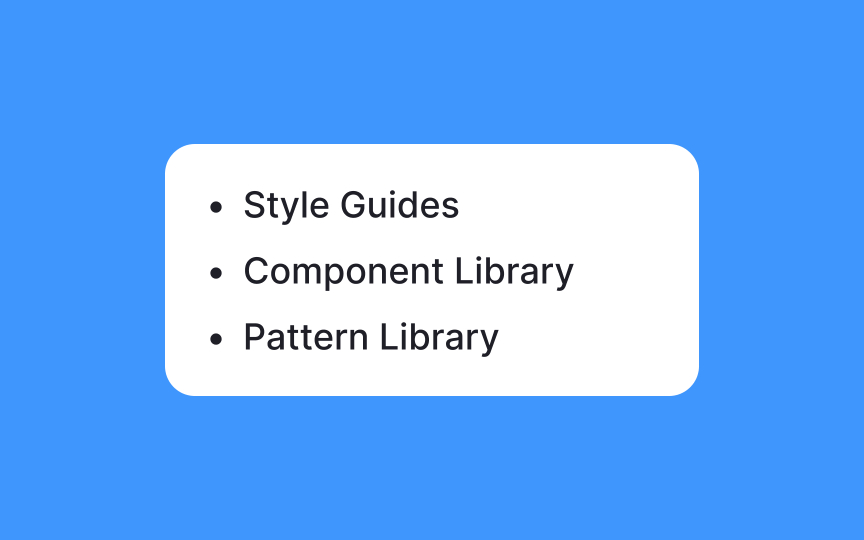UX Culture in Design Teams
Explore recommendations for introducing UX culture and establishing its role within design teams
While many recognize the benefits of UX, integrating it into a company's culture is rare, especially within larger companies. These often depend on established methods and may view shifting to a UX-focused approach as too slow or challenging. Others may not prioritize UX, believing it unnecessary due to their market dominance or lack of competition. However, as competitive pressures increase, even these companies are beginning to see the importance of UX to remain relevant.
Leadership is crucial in this transformation. For UX to truly be adopted, top executives must spearhead the change, incorporating UX into their evaluation and reward systems.
A robust UX culture extends beyond having enough designers — it requires comprehensive understanding and support from the entire organization. This prevents UX professionals from constantly having to defend their role and allows them to concentrate on enhancing the user experience.
Cultivating a
Benefits of a strong UX culture include:
- Enhanced problem-solving: Team members aren't afraid to challenge conventional ideas, contributing to a more refined and user-focused final product.
- Deeper client engagement: Unlike traditional client relationships that may only scratch the surface, a robust UX culture enables deeper collaboration, helping clients understand the rationale behind design decisions.
- Informed decision-making: Every team decision is grounded in solid UX principles, ensuring that user needs are at the forefront of every project phase.
- Greater adaptability: A culture steeped in UX best practices gives teams the flexibility to pivot as user needs evolve, ensuring the product remains relevant and effective.[1]
Understanding
These are the stages of UX maturity:
- Absent: UX isn't recognized or considered.
- Limited: Sporadic UX efforts occur without strategic importance.
- Emergent: Initial, inconsistent attempts at UX are made, showing potential yet lacking efficiency.
- Structured: There’s a method to UX efforts across the organization, though effectiveness varies.
- Integrated: UX is a critical, well-executed aspect of projects throughout the organization.
- User-driven: The organization excels in UX, leading to superior user-centric outcomes.
Each stage reflects an organization’s evolving commitment to UX as it moves from undervaluing user experience to making it a cornerstone of its strategy.
To kickstart the growth of
Primary challenges often seen include:
- Limited UX knowledge and training among team members
- Process-oriented difficulties such as ineffective UX methods, disorganized teams, and lack of routine UX practices
- Sporadic use of UX principles, focused only on certain projects or under certain conditions
- Leadership that does not fully support UX efforts, which can lead to unclear responsibilities, misaligned success metrics, and development processes that skip crucial UX steps like discovery
research or iterative design
Evaluating the organization’s overall approach to UX, across all products and teams, provides a clearer picture of its UX maturity and highlights areas for strategic enhancement.
Raising
- What UX is: Explain the scope and impact of
user experience design . - Its benefits: Discuss how UX improves outcomes for both the organization and its customers.
- UX processes: Outline potential internal procedures for integrating UX practices.
- Getting started: Provide guidance on initiating UX tasks.
Start small: run casual lunch-and-learn sessions or show user feedback that highlights the value of UX. Share insightful articles or podcasts with those who show interest. Find respected allies in the organization to help spread the message.
These small actions can plant the seeds for a broader understanding and appreciation of UX, leading to a stronger, more focused approach across your team.
Here are some types of UX workshops to enhance maturity:
- Discovery sessions: Engage the entire product team to align on user needs, project goals, and identify pain points and user journeys. This helps everyone understand the project's scope and the users' perspectives.
- Service design blueprinting: This method gathers various organizational members to examine service delivery. It’s beneficial for integrating fresh, external perspectives that might otherwise be overlooked.
- Feature prioritization: After gathering user data and business requirements, these sessions help determine which features to develop first based on strategic value and technical feasibility.
To effectively grow your team's
Here’s how to integrate these methods throughout your design workflow:
- Empathize: During the initial stages, use user interviews and ethnographic studies to deeply understand user needs and experiences.
- Define: As you synthesize findings, develop personas and define jobs to be done to clarify and articulate the core problems and user goals.
- Ideate: In this creative phase, employ techniques like brainstorming sessions and design sprints to generate innovative solutions.
- Prototype: Utilize usability testing or focus groups to gather user feedback and iterate quickly, refining concepts based on real interactions.
- Test: Before finalizing the design, conduct extensive user testing such as A/B testing and beta trials to ensure the solution meets user expectations and functions as intended.
Expanding your team's UX toolkit encourages experimentation with different methods. For example, you might shift from heuristic evaluations to more detailed usability testing, or from unmoderated to moderated user studies, to gain more actionable insights.
Celebrating
Here’s how to do it effectively:
- Share real results: Regularly present data that demonstrates how UX improvements have led to better user engagement or increased sales.
- Highlight user feedback: Circulate positive testimonials and user comments that underscore the impact of these UX changes.
- Recognize contributions: Publicly acknowledge team members who have made significant UX contributions. This not only motivates them but also sets a benchmark for others.
- Create concise case studies to showcase UX successes: Outline the problem, methods used, challenges, and outcomes. These not only highlight the impact of UX on projects but also educate the team on its value and application in future initiatives.
Bringing in
Hiring UX experts not only adds to the team’s capabilities but also deepens the organization's commitment to user-centered design. These professionals bring essential skills and knowledge that can lead UX efforts and motivate others. They act as agents for change, teaching their peers about UX benefits and showing how it improves projects.
By adding UX specialists to your team, you help ensure that UX remains a priority and continues to evolve, even if some team members change.[2]
Upskilling your team in
Start by assessing your team's current UX capabilities and identifying key areas for improvement. Workshops, online courses, and hands-on projects are effective ways to boost skills. Encourage team members to attend UX conferences or webinars and apply their learning to real-world projects. Promoting a culture of continuous learning and feedback helps integrate these skills deeper into your team’s workflow, leading to more user-centered product development and better project outcomes.
Creating a centralized
This repository serves as a unified hub, housing essential elements for effective UX work, including:
- Strategic and detailed research plans which outline the focus and methods of upcoming projects
- Schedules that detail when and where research activities will occur
- Research requests from various team members seeking specific UX insights
- Comprehensive
documentation such as research reports, insights, recordings, transcriptions, and raw session notes
Such a system simplifies access to critical information, allowing team members to engage with, contribute to, and leverage research findings. This encourages a deeper sense of participation and ownership.
It's important to note what should not be included in the repository. UX data analyses often require specialized tools and are usually not stored directly within the repository but linked to it. Similarly, databases for recruiting participants are maintained separately to ensure clarity and focus.[3]
Creating a design system is a strategic approach to streamline and unify the design efforts across an organization, enhancing
Key benefits include:
- Speed and scalability: By using predefined UI components and patterns, both design and development processes become faster and more scalable, allowing teams to replicate work efficiently without sacrificing quality.
- Resource optimization: It reduces the time spent on reinventing visual elements, so designers can focus on tackling more complex design challenges.
- Consistency and cohesion: A design system fosters a unified language that helps maintain consistency across products and platforms, even if teams are dispersed or work in silos.
- Educational resource: Acts as a valuable learning tool for new designers and other team members, providing clear guidelines on design principles and usage.[4]
References
- UX-Maturity Stage 2: Limited | Nielsen Norman Group
- Research Repositories for Tracking UX Research and Growing Your ResearchOps | Nielsen Norman Group
- Design Systems 101 | Nielsen Norman Group
Top contributors
Topics
From Course
Share
Similar lessons

Common Designer Roles

Devices and Display Terminology

